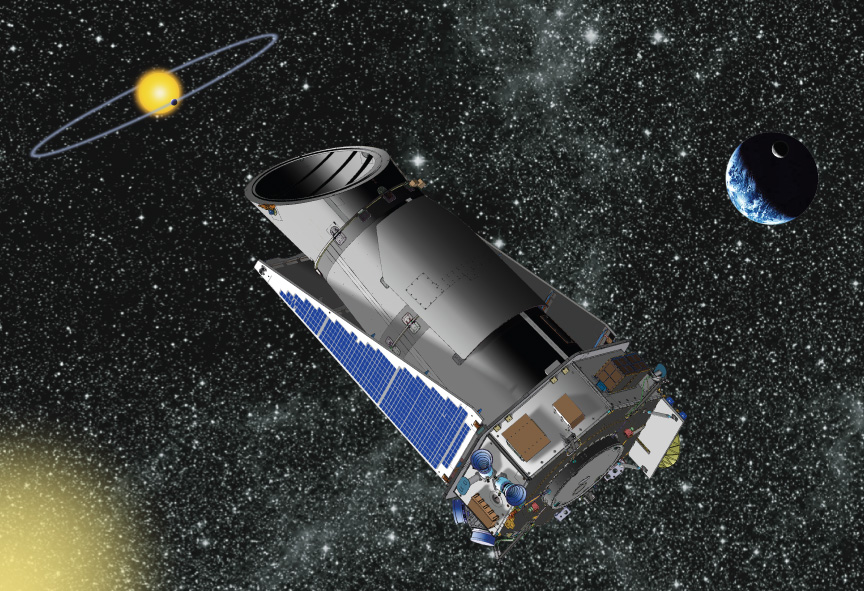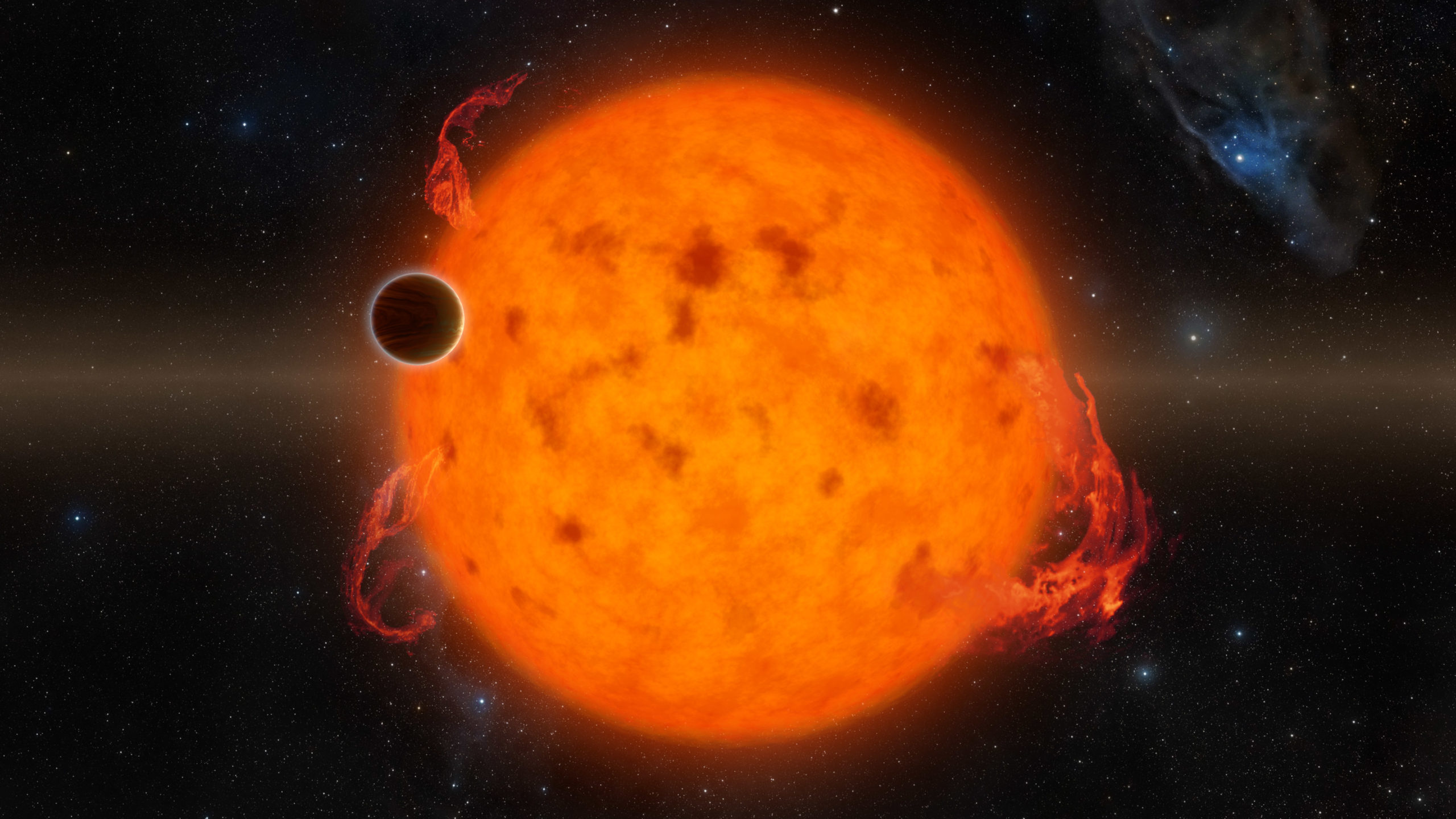Essa é uma grande oportunidade para entender a formação e o desenvolvimento de outros planetas, entre eles a Terra.
O K2-33b foi descoberto com o telescópio espacial Kepler.

OK2-33b, planeta mais jovem do universo, foi descoberto por astrônomos da Nasa em uma região do universo chamada Escorpião Superior. Ele é um pouco maior do que Netuno, que tem cinco vezes a dimensão da Terra e orbita ao redor de sua estrela uma vez a cada cinco dias. Os cientistas calculam que ele tem apenas 5

OK2-33b, planeta mais jovem do universo, foi descoberto por astrônomos da Nasa em uma região do universo chamada Escorpião Superior.
Ele é um pouco maior do que Netuno, que tem cinco vezes a dimensão da Terra e orbita ao redor de sua estrela uma vez a cada cinco dias.
Os cientistas calculam que ele tem apenas 5 a 10 milhões de anos de idade, considerado recém-nascido se comparado à Terra, que tem 4,5 bilhões de anos.
Essa é uma grande oportunidade para entender a formação e o desenvolvimento de outros planetas, entre eles a Terra.
O K2-33b foi descoberto com o telescópio espacial Kepler.

Você precisa fazer o login para publicar um comentário.